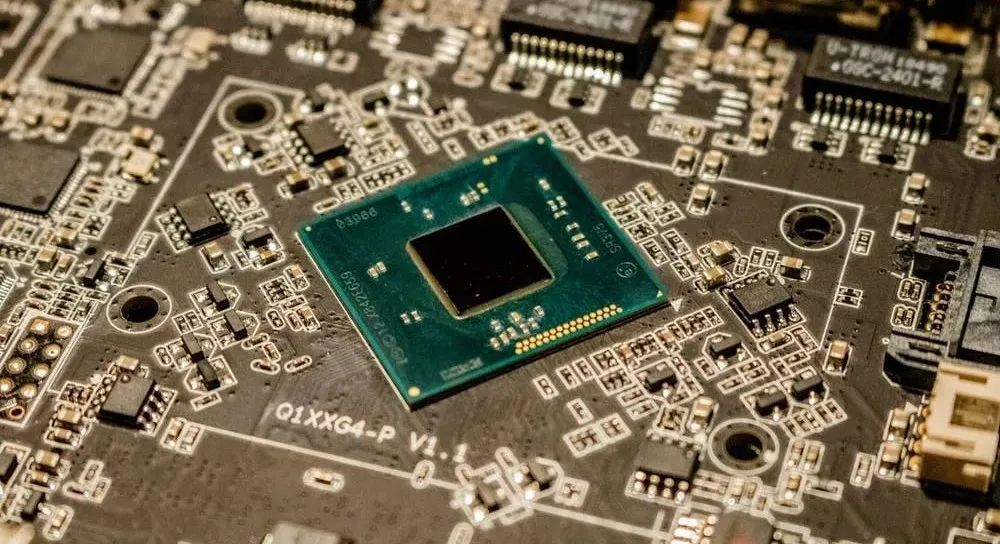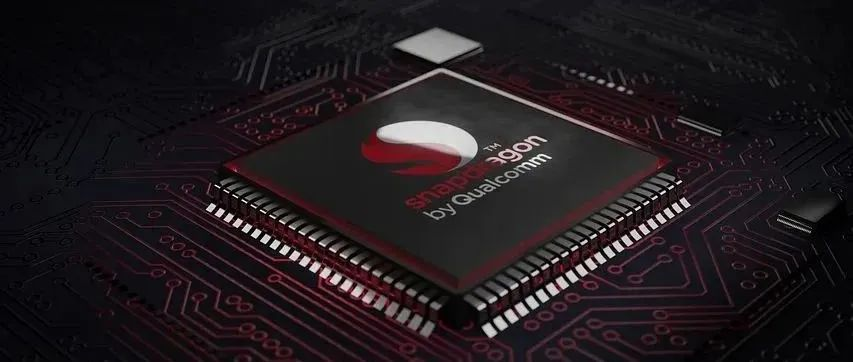Writing | Li Ka-shing
Editing | Leng Zelin
In the era where intelligent cockpit was not popular, consumers mostly focused on the aspects of configurations, space, and range when buying cars. With the development of the times, some young consumers now pay more attention to the quality of car infotainment systems.
Today’s consumers hope that the car they purchase can be equipped with intelligent configurations such as a fast central control touchscreen and a natural language voice assistant, and what enables all these configurations to run smoothly is the so-called cockpit chip.
Qualcomm held a live-streamed product launch event on May 20th, which covered platforms such as smartphones, cars, and Metaverse.
The Significance of the Snapdragon 8155
At the launch event, Qualcomm CEO Steve Mollenkopf stated that there are currently over 150 million cars equipped with the Snapdragon Automotive Connectivity and Computing Platform.
As a leading enterprise in the information industry, after entering the automotive industry, Qualcomm’s automotive solutions mainly cover four major sectors: vehicular network connection, digital cockpit, cellular vehicle-to-everything (C-V2X), advanced driver-assistance systems (ADAS), and autonomous driving, and cloud-side terminal management.
The Snapdragon 8155 is Qualcomm’s third-generation digital cockpit platform, which can be divided into SA8155P, SA6155P, and the most advanced SA8195P, details of which can be found in the chart below.

In 2021, Qualcomm officially released the fourth-generation intelligent cockpit chip, and the upgraded product will begin mass production in 2022. The fourth-generation intelligent cockpit chip adopts 5nm technology, which has stronger performance and lower power consumption. It can fully support services such as the dashboard and cockpit, augmented reality heads-up display, information and entertainment, backseat displays, electronic mirrors, driving recorders, and in-car monitoring.
Applications of Qualcomm Snapdragon 8155 in Which Vehicle Models?
WM W6
Compared with the previous generation of car infotainment chips, the 8155 chip used in the W6 is smaller in size and consumes less power. Its computing power has been increased by 8.5 times, and its image processing capability has been improved by 20 times. It is worth mentioning that the 8155 chip has made significant progress in processing 3D images.
Thanks to the brand new Living Mate’s vehicle-wide interface system, the W6’s infotainment system achieves a boot-up speed of 3.7 seconds.
NIO ET7
As a vehicle model with intelligent features as its selling point, the NIO ET7 announced its third-generation intelligent cockpit system equipped with Qualcomm Snapdragon 8155 at its launch. The in-car system will integrate vehicular networks such as 5G, WiFi-6, UWB, Bluetooth 5.2, V2X, and other communication abilities.# NIO ET7
The NIO ET7 series is equipped with an enhanced Head Up Display (HUD) and supports the Nomi Mate 2.0 AI system, which includes voiceprint recognition and in-car biometric recognition.
XPENG P5
With the support of the 8155 chip, the car system of XPENG P5 is more responsive, with a 70% increase in random read and write speed. It has developed 119 customized software modules and achieved personalized experiences such as voice control, intelligent fragrance, and entertainment space. The car system can be woken up by saying “Hey XPeng”.
At today’s launch, XPENG CEO He XPeng stated that cutting-edge digital technology had been adopted in XPENG cars from the G3, P7, P5 to the upcoming G9. With a digital chassis system, XPENG’s cumulative sales of cars have exceeded 150,000.
Beyond Carmakers
Apart from the chips being a top priority for the carmaker, in the field of autonomous driving chips, Qualcomm is soaring higher, while autonomous driving company Hao Ma Zhixing under Great Wall Motor has also joined Qualcomm’s alliance. 2022 will be the year to put Qualcomm intelligent driving on the market.
At the launch event, Hao Ma Zhixing’s founder and CEO Gu Weihao said that this ten years had witnessed the fastest development phase in the history of autonomous driving technology, with the three factors influencing autonomous driving technology rapidly upgrading.

Within the AI driving development, firstly, the terminal computing power has grown from a mere 0.5 TOPS in 2012 to hundreds of TOPS, secondly, the deep learning model has grown in size from the million parameters in 2012 to the wide-spread transformer model today, with a parameter of up to 170 billion; finally, in the camera sensors essential to perception, the pixel count has grown from thousands to 8 million across 12 sensors.
Hao Ma Zhixing has also released an autonomous driving solution platform of its own, the “Xiaomobox”, which has now developed into its third generation product in collaboration with Qualcomm. It adopts Qualcomm’s Snapdragon Ride chip with 5nm process technology and its AI performance has reached 360TOPS. Its CPU computing power exceeds 200KDMIP, and it also possesses a 144MB high-speed cache memory.
The first Wei brand car to be mass-produced and equipped with the “Xiaomobox 3.0” will deploy two Lidars, twelve cameras, and five millimeter wave radar, and twelve ultrasonic sensors to perceive the external environment of the vehicle in real-time.Haomo Zhixing has also launched the Haomo NOH smart navigation assisted driving system for urban scenes. The system can complete a series of intelligent driving operations through navigation routes. Based on the “special relationship” between Haomo and Great Wall, this system will be first installed in WEY brand vehicles.
It is worth mentioning that Gu Weihao said that the unmanned delivery vehicle which will be launched this month will also be equipped with the “Little Magic Box 3.0” computing platform.
As Gu Weihao said, autonomous driving is a long-distance race and a sunrise industry. In the smart car industry, chips give intelligent cars their selling points, and intelligent driving will also take the automobile industry to a new level. It is the rise of smart cars that enables chip manufacturers such as Qualcomm to continuously expand consumers’ travel scenarios.
This article is a translation by ChatGPT of a Chinese report from 42HOW. If you have any questions about it, please email bd@42how.com.
